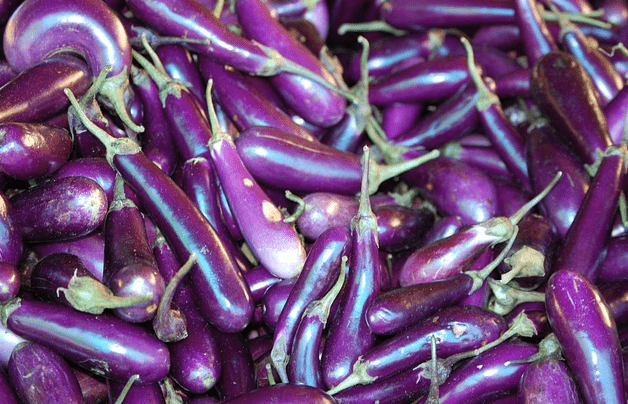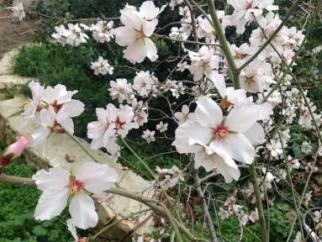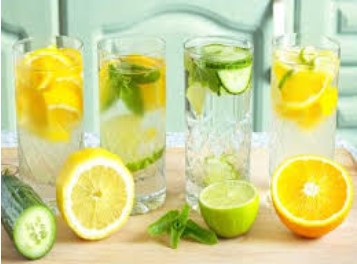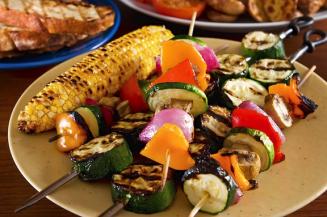The most beautiful period in the life of any fruit, in my eyes,is at the beginning of its ripening season.
Shortly after it made itself comfortable on the shelf, when you no longer are concerned whether it may be unripe (because biting into an unripe fruit, after you've been longing for the season to begin,is definitely not fun.
Especially, a persimmon which responds with a dryness attack on the entire oral cavity as if we are still in the “swamp-drying period” and it is aeucalyptus). When there are several on the shelf, and I have yet to grow accustomed to its presence, I enjoy sniffing the peel and reminiscing before the first taste.
This is especially true of mangoes, pineapples, guavas – and oranges. at the beginning of their season I get excited with the introduction of each new member of the family and I closely follow how they find their way in the store – the tangerine excites separately from the grapefruit and the orange (by the end of the season, when I have had enough of them, they all seem like one big citrus group to me).
I'm even willing to peel them thoroughly – even the white stuff under the peel, and sometimes I’ll peel the segments themselves. And I can barely wait to finish before I can devour the contents. By the end of the season, how much effort do I put into peeling, you ask? Well, I cut it in half – and into a juicer.
Oranges in Israel are a symbol of pioneering, of making the Israeli desert bloom, of the orchards planted in the entire Hadera area.
They later became a symbol of improved planning – since citrus trees consume a lot of water, many growers have moved on to other, less demanding crops – like olives for instance.
The citrus trees made Israeli their home during the Persian period, but the name was mentioned even earlier (and relevant to the Sukkot holiday that is just around the corner): “וּלְקַחְתֶּם לָכֶם בַּיּוֹם הָרִאשׁוֹן פְּרִי עֵץ הָדָר, כַּפֹּת תְּמָרִים וַעֲנַף עֵץ-עָבֹת וְעַרְבֵי-נָחַל” Leviticus, 23:40.
It is possible that this refers to a “dar tree” – the name of the leaves that dwell (=dar) on the branches all year round and do not fall off.
They all originate from Southeast Asia from fourprimary ancestors: tangerine, citron, grapefruit and lime (And their younger sibling, the youngest, discovered only in the last century – the Citrus Halimii). All the other citrus fruits are hybrids, either natural or at the hands of humans. To me, they all look equally “natural”.
So far, at the store, we have pomelos, oranges and red grapefruits.
The grapefruit is also called “shaddock” in English – after an English sailor that brought its seeds with him and first grew the tree in his home yard, sometime in the 18thcentury.
The grapefruit arrived tiIsrael towards the 19thcentury, when many orchards were planted here – and settled in the Petah Tikvaregion. The orange, which is nothing less than the “golden apple”, following the verse “תַּפּוּחֵי-זָהָב בְּמַשְׂכִּיּוֹת כָּסֶף”(Proverbs 25:11).
The orange is typically sweeter than the grapefruit, which tends to remain slightly sour even when ripe, but the peel of both is suitable for making candy (some people prefer to use a thicker peel,like of pomelo, for this purpose, due to the texture).
The most common orange, the one that is nicknamed “Jaffa” due to it’s port city of Jaffa from which it was sent all over the world, is actually called Shamouti.
In addition to it,during the season,you can find also the rarer blood oranges as well as sweet oranges – more common. You might have come across a round orange with a shiny peel, at one end of which is another small orange hiding inside – this is the navel orange: an orange with a diploid (twin)fruit, typically seedless and early ripening.
The oranges, which enjoythe Mediterranean warmth, are a symbol of autumn – the correct time to begin eating vitamin C, adding lemon slices to hot tea as well as thinking about the cold – because the oranges do not like cold, they must finish ripening before the weather changes.
May this year be sweeter than honey – Gmar Hatima Tova!
Yours,
Maggie's Garden Team
Forecast:
In the ORGANIC vegetable baskets we expect (draft only):
Cucumber
Tomato
Lettuce
Potato
Onion
Swiss Chard
Pumpkin
Parsley
Sweet potatoe
The Large organic vegetable baskets also include:
Eggplant
Spinach
Coriander
In the ORGANIC fruit baskets (NEW – Increased variety, price – 70 Shekels)
Oranges
Pears
Banana
Sweetie
The large ORGANIC fruit baskets also include: ( NEW – Increased variety, price -100 Shekels)
Pomegrenate
Papaya
The ORGANIC Green Basket:
Swiis Chard
A kind of lettuce
Celery
Dill
Green onion
Sprouts
Spinach











